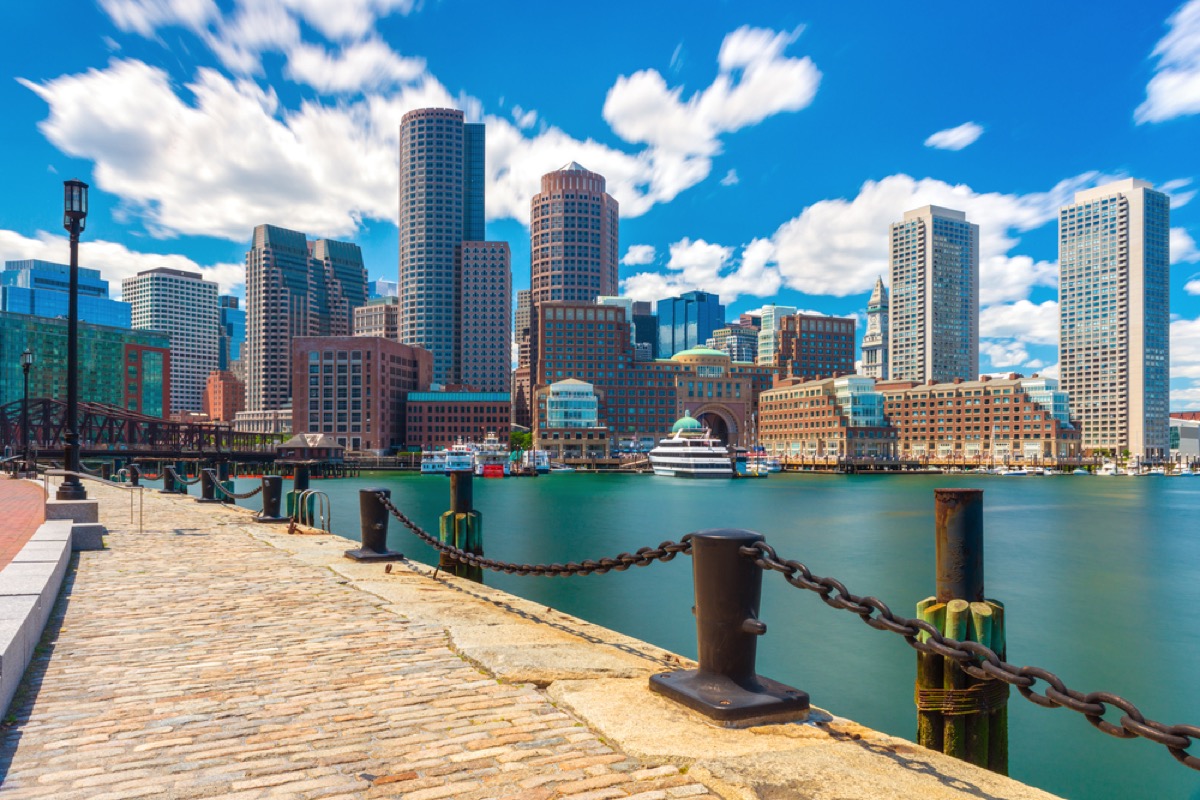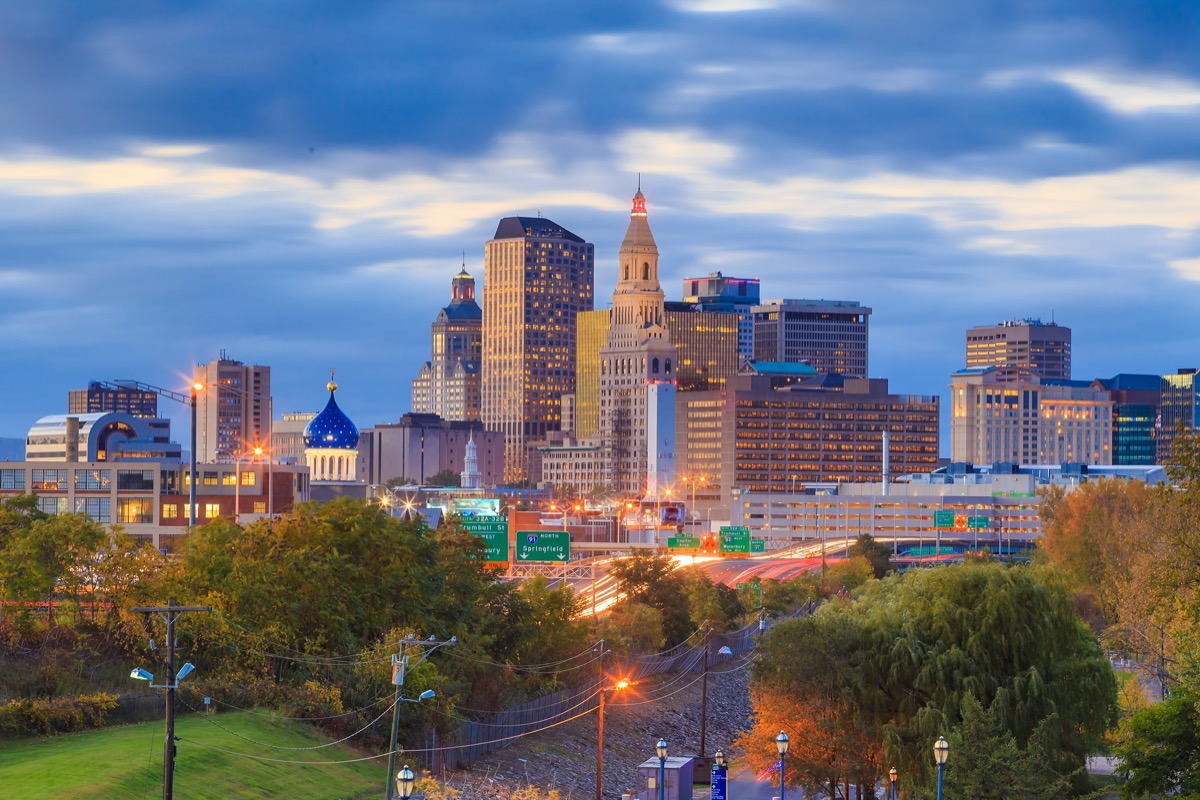Health experts say that the current coronavirus surge is different from the earlier surges in that instead of being focused in certain areas, now infection rates are increasing almost uniformly across the country—which is especially a concern as colder winter weather forces more people indoors where the virus can spread more easily. “This is desperately concerning,” Bill Hanage, PhD, an associate professor of epidemiology at Harvard’s T.H. Chan School of Public Health, told The New York Times. “Uncontrolled transmission will end up compromising health care, and in order to preserve it, we will almost certainly end up needing to take stronger action to prevent the worst outcomes.” So which states are now urging their citizens to stay home in hopes of beating back the worst COVID surges to date? Read on to find out, and for more on your coronavirus risk at home, check out If You Live With Someone This Age, You’re More Likely to Get COVID.ae0fcc31ae342fd3a1346ebb1f342fcb Read the original article on Best Life. Even though Florida has yet to break the records set during its peak in the summertime, the Sunshine State is seeing COVID numbers begin to surge again. New cases have jumped 47 percent in the past two weeks, as of Nov. 5. The spike comes just over a month after Florida Gov. Ron DeSantis reopened bars and nightclubs across the state on Sept. 27, lifting restrictions and allowing businesses to return to full capacity indoors. However, the governor also put local municipalities in charge of setting restrictions in their jurisdictions. This led Miami-Dade Mayor Carlos A. Gimenez to institute a nightly curfew from 10 p.m. to 6 a.m. over the summer. Though the stay-at-home orders were suspended when local businesses sued to have them removed, a court order reinstated them on Oct. 20. Now, a nightly curfew from 12 a.m. to 6 a.m. is in place. As of Nov. 5, Massachusetts has seen its average daily new COVID cases increase 76 percent from the average just two weeks earlier. The spike in new cases has driven Massachusetts Gov. Charlie Baker to enact new measures to protect residents, including instituting a nightly stay-at-home advisory between 10 p.m and 5 a.m. The governor also strengthened the state’s mask mandate, requiring them to be worn at all times in public both indoors and outdoors, and he mandated that all table-service restaurants, gyms, theaters, and casinos end service by 9:30 each night. The new restrictions officially go into effect on Nov. 6. “COVID has come with all kinds of difficult decisions, difficulties—and, in many cases, tragedies—for virtually everybody,” Baker said Nov. 2 during a news conference. “One of the things that’s critical to us is that schools stay open, and that businesses continue to be able to operate.” And to find out how your area is faring against the pandemic, check out Here’s How Much Worse COVID Is Getting in Your State. Connecticut’s COVID surge has led local officials to take action as well. On Nov. 2, Gov. Ned Lamont ordered the state to roll back to phase 2 of its reopening protocols, forcing restaurants to close by 9:30 p.m. and bringing their limited capacity down from 75 percent to 50 percent. Event venues are also limited to 25 people indoors and 50 outdoors. While local businesses have bristled at the new rollback in hours, Lamont says it will allow for guests to remain home between the hours of 10 p.m. and 5 a.m., echoing the soft curfew policy put forth in neighboring Massachusetts. The new restrictions also officially go into effect on Nov. 6. On Nov. 2, Texas surpassed California as the state with the most confirmed coronavirus cases in the U.S. But certain areas of the state are experiencing especially troubling numbers—for example, El Paso is witnessing an unprecedented surge. As a result, El Paso County Judge Ricardo Samaniego issued a two-week stay-at-home order for all citizens, including a daily curfew from 10 p.m. to 5 a.m. Those who violate the order could face a fine of up to $500. However, the order has not been well received: On Nov. 3, Texas Attorney General Ken Paxton filed a lawsuit to have the curfew and non-essential business closure order removed on the premise that the restrictions are tighter than the current guidelines set in place for the state by Texas Gov. Greg Abbott, Law360 reports. Currently, the orders are set to expire on Nov. 11 unless they are extended. And for more on places that may have curfews soon, check out The Governor of This State Is Threatening to “Shut the Whole Place Down.” Colorado has seen a sharp rise of COVID cases across the state recently, with numbers jumping 121 percent over the past two weeks, as of Nov. 5. Now, Denver officials are considering enacting stay-at-home orders for the city, and other municipalities are already instituting curfews for their residents. For example, the city of Pueblo instituted a curfew on Oct. 30 that requires residents to be home between the hours of 10 p.m. to 5 a.m. or face a $1,000 fine. “What we are facing in Pueblo is a public health disaster, which threatens lives and our economy,” Pueblo Mayor Nicholas Gradisar said during an Oct. 29 press conference announcing the two-week curfew. And for signs you could have a bad case of coronavirus, know that If You Have This on Your Skin, You Could Have Severe COVID, Study Shows.




